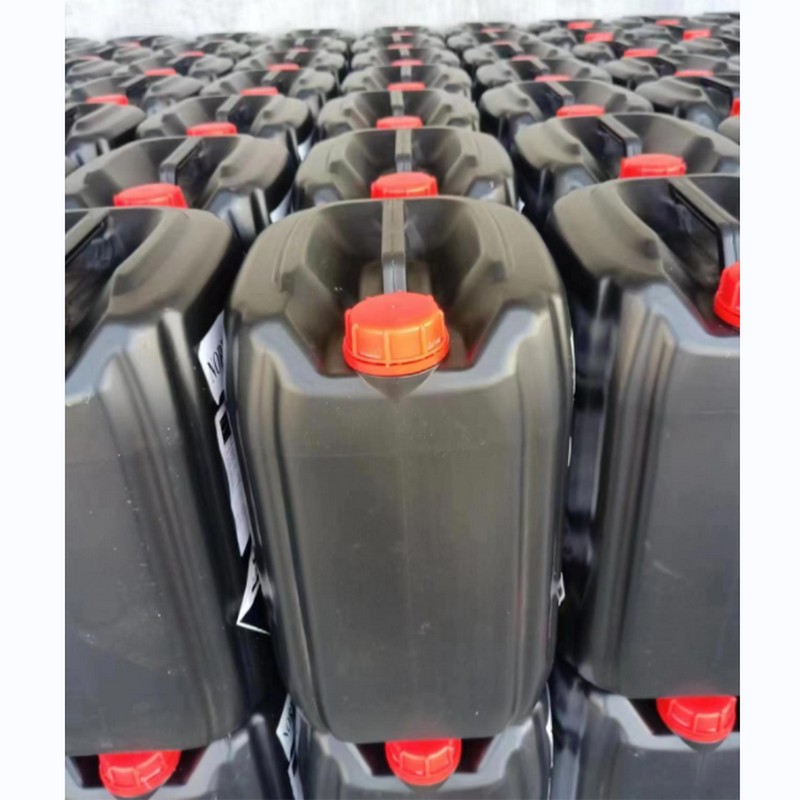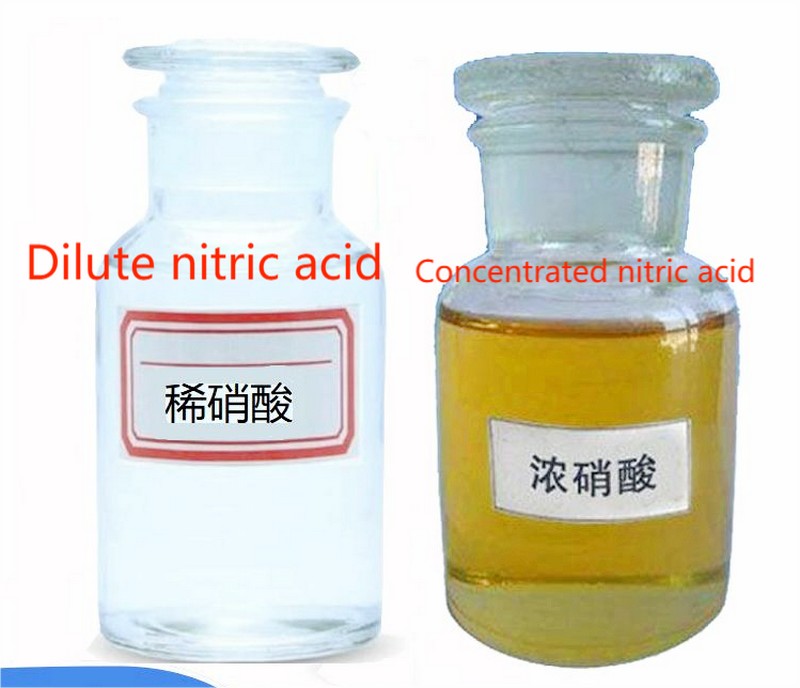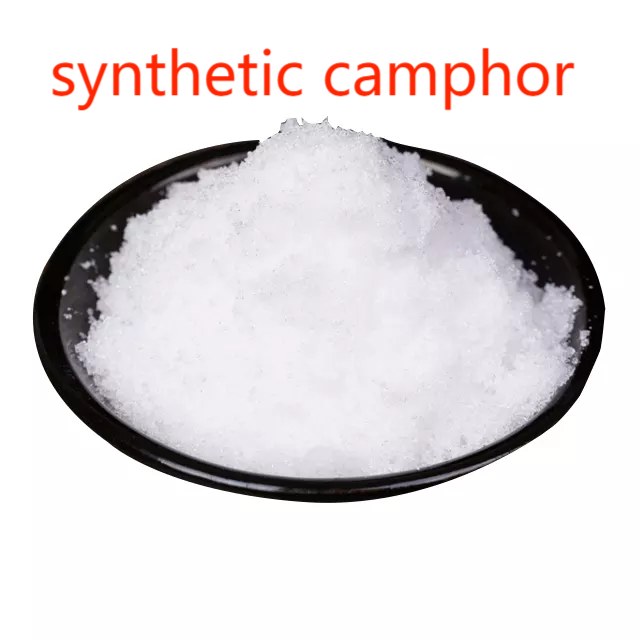


Nitric Acid
Nitric acid (English name: Nitric acid), is a strong oxidizing, corrosive monic inorganic acid, is one of the six inorganic strong acids, but also an important chemical raw materials, chemical formula for HNO3, molecular weight of 63.01, its aqueous solution commonly known as nitrite or ammonia water. In industry, it can be used to make chemical fertilizers, pesticides, explosives, dyes, etc. In organic chemistry, the mixture of concentrated nitric acid and concentrated sulfuric acid is an important nitrating reagent. The danger symbol is O (Oxidizing agent) and C (Corrosive corrosive agent). The anhydride of nitric acid is nitrous pentoxide (N2O5).
Physical Properties:
Nitric acid is a colorless to yellowish liquid with a sharp, pungent odor. It is soluble in water and can produce a strongly acidic solution. The concentration of nitric acid is often expressed in terms of its molar concentration or percentage of nitrogen dioxide (NO2) gas evolved when it decomposes.Production:
Nitric acid is primarily produced through the Ostwald process, which involves the oxidation of ammonia (NH3) to nitric oxide (NO) using a platinum catalyst. The nitric oxide is then oxidized further to nitrogen dioxide (NO2) in the presence of air. The NO2 is subsequently dissolved in water to form nitric acid.Uses:
1.Chemical Manufacturing: Nitric acid is a key ingredient in the production of various chemicals, including fertilizers, explosives (such as dynamite and TNT), dyes, and pharmaceuticals.
2.Metallurgy: It is used for metal etching, metal cleaning, and the production of metal nitrates, which find applications in metal plating and catalysts.
3.Cleaning and Pickling: Nitric acid is used for cleaning and pickling metal surfaces, particularly stainless steel, to remove rust, scale, and other impurities.
4.Laboratory Applications: It is commonly used in laboratories for analytical testing, pH adjustment, and synthesis of organic and inorganic compounds.
5.Rocket Propulsion: Nitric acid, when combined with a fuel, such as hydrazine, is used as a rocket propellant.
Safety Considerations:
Due to its corrosive and oxidizing properties, nitric acid is highly hazardous and requires careful handling. It can cause severe burns on contact with the skin and eyes. Inhalation of its fumes can be harmful to the respiratory system. Proper safety precautions, such as wearing protective clothing, gloves, and goggles, should always be followed when working with nitric acid.In conclusion, nitric acid is a versatile and important chemical compound used in various industries and laboratory settings. Its strong acidic and oxidizing properties make it a valuable substance for numerous applications. However, its hazardous nature necessitates careful handling and adherence to safety guidelines to ensure its safe usage.




